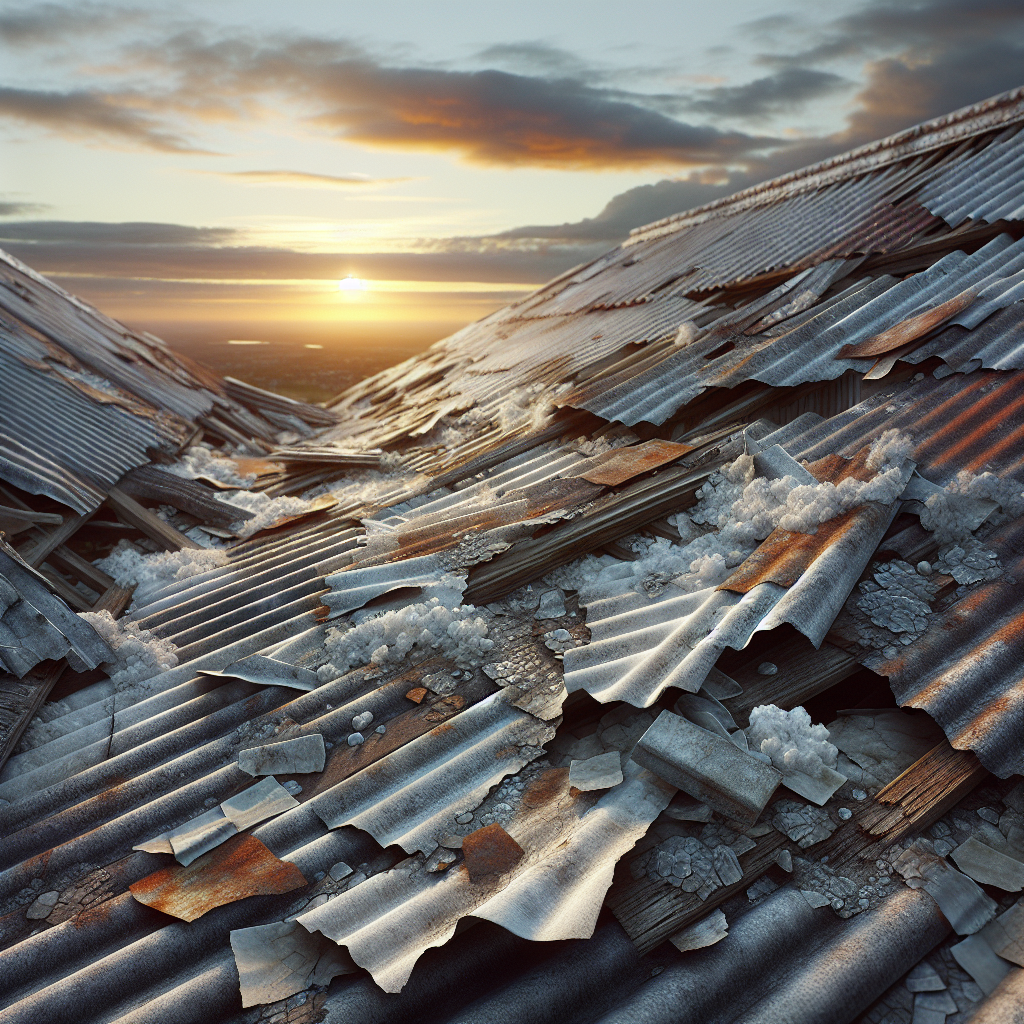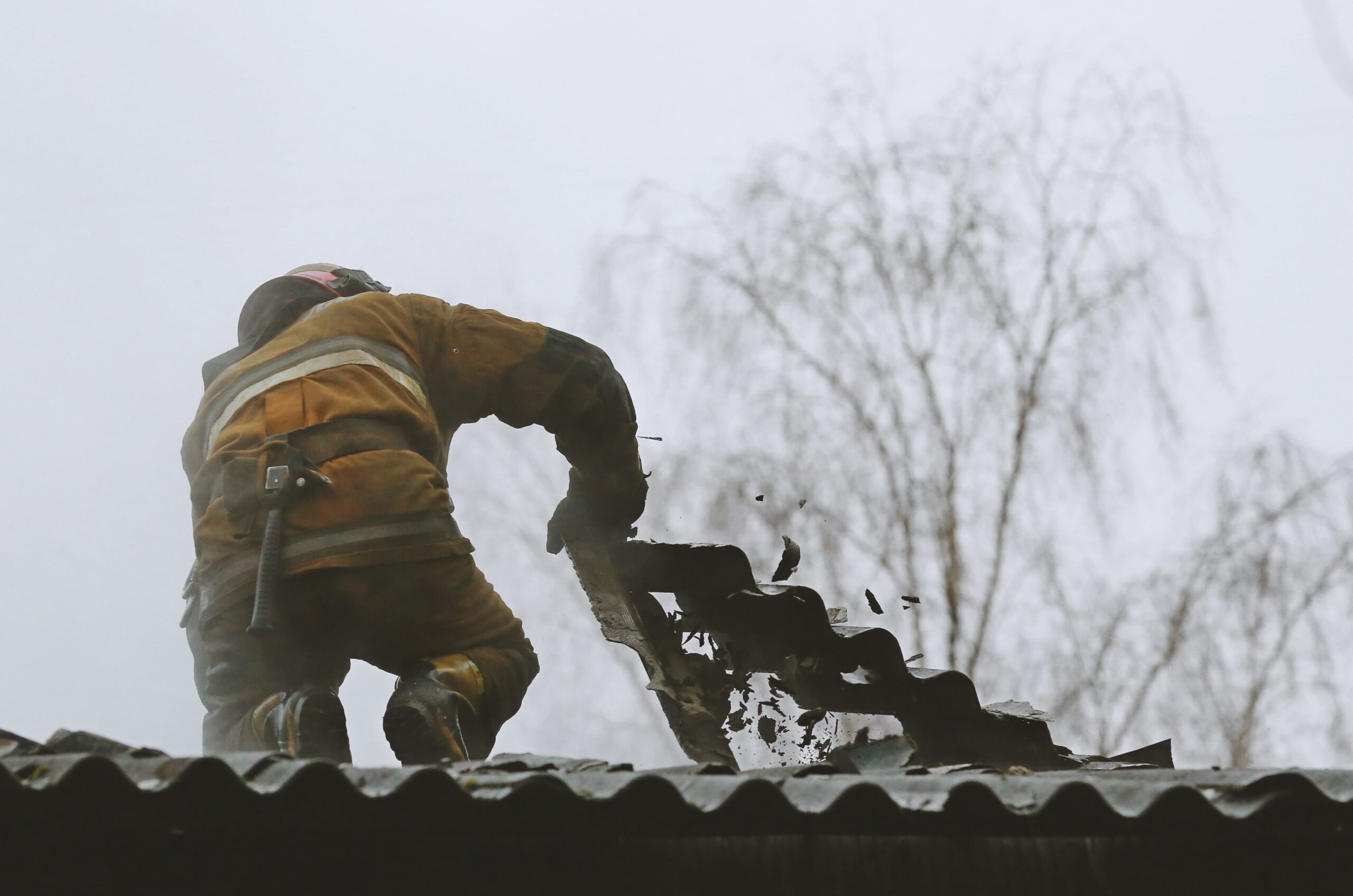
Older roofs often mask a silent threat that many homeowners overlook: asbestos risks. While the exterior may seem intact, beneath the surface lies a material once prized for its durability but now known for severe health dangers. Understanding why your aging roof could be concealing asbestos is crucial for protecting your property and your family. This article will guide you through the risks involved, how to identify asbestos in roofing materials, and the safe steps to take if you suspect contamination.
Asbestos is a naturally occurring mineral known for its heat resistance, tensile strength, and insulating properties. These characteristics made it a popular choice in construction, especially from the 1930s to the late 1980s.
– Roofing shingles and tiles
– Cement sheets (commonly called “fibro”)
– Roof felt or underlayments
– Guttering and downpipes
These materials were affordable and long-lasting, but asbestos fibers can become hazardous when disturbed or deteriorated.
Due to rising health concerns linked to asbestos exposure, many countries banned or heavily regulated its use by the late 20th century. However, thousands of structures built before the ban still contain asbestos, placing older roofs squarely in the category of potential asbestos risks.
Roofs degrade over time due to weathering, UV exposure, moisture, and mechanical wear. Aging asbestos-containing materials can become brittle and friable, meaning asbestos fibers can easily be released into the air.
When asbestos-containing roofing materials break, crumble or are cut during repairs or replacements, microscopic fibers can become airborne. Breathing in these fibers may lead to serious diseases, including:
– Mesothelioma (a rare form of cancer)
– Asbestosis (lung scarring)
– Lung cancer
The risk intensifies in activities like roof demolition, DIY projects, or improper removal.
– Your home was built before the 1990s
– Roofing materials resemble cement fiber sheets or tiles
– Fibrous, brittle texture when touching roof fragments
– Presence of grey or white flat sheets, often labeled “fibro”
Professional testing is essential to confirm asbestos presence, as appearances alone can be misleading.
Accurate identification of asbestos risks requires proper assessment. Attempting to sample or test materials yourself is not recommended due to the danger of fiber release.
– Experts use specialized equipment and containment methods
– Samples are sent to accredited laboratories for analysis
– Inspectors provide detailed reports and recommendations
Certified professionals ensure safety for homeowners and compliance with local regulations.
While testing must be left to experts, visual inspection can aid in deciding whether to proceed with a professional assessment. Look for:
– Cracks or brittle shingles
– Dust or debris buildup near roof edges
– Damage caused by storms, animals, or structural shifts
If you observe these signs, asbestos risks warrant urgent expert evaluation.
If asbestos is confirmed, removing or replacing the roofing must be handled carefully to reduce health risks and legal liabilities.
– Licensed contractors follow strict safety protocols
– Use containment zones to prevent fiber spread
– Employ personal protective equipment (PPE)
– Properly dispose of waste at licensed facilities
Hiring such specialists ensures your roof replacement is both safe and compliant.
Modern roofing alternatives offer durability without health risks:
– Metal roofing: lightweight, fire-resistant, and recyclable
– Asphalt shingles: affordable and versatile
– Synthetic slate or tile: mimics traditional aesthetics with enhanced safety
Consider energy efficiency and maintenance needs when selecting eco-friendly options.
In some cases, immediate removal may not be required if the asbestos-containing roof is intact and undisturbed. Proper maintenance can help minimize asbestos risks over time.
– Schedule inspections at least once a year
– Immediately address cracks or breaks
– Avoid drilling, sanding, or cutting into suspected asbestos materials
– Use gentle water sprays rather than abrasive methods
– Avoid sweeping or power washing that could release fibers
– Wear masks and protective gear when accessing the roof
Being proactive slows the deterioration process and reduces fiber release risks.
Ignoring asbestos risks in your roof can have serious consequences beyond health concerns.
Long-term exposure to airborne asbestos fibers increases chances of life-threatening diseases. Family members, contractors, and visitors can all be at risk if asbestos is unmanaged.
Many jurisdictions have laws requiring disclosure of asbestos presence during property sales. Failure to comply can lead to fines and legal action, and undisclosed asbestos risks may reduce your property’s market value.
Some insurance policies exclude damages related to asbestos or may increase premiums if asbestos is present and not managed properly.
Awareness is your best defense against asbestos risks. Utilize these resources:
– Government health and safety websites (e.g., Health and Safety Executive)
– Licensed asbestos removal and roofing contractors
– Local environmental agencies for regulations and disposal guidelines
For detailed local advice, contacting trusted professionals can offer personalised guidance.
Roofing with potential asbestos risks is a challenge but also an opportunity to improve safety and value. By understanding the hazards, conducting proper inspections, and engaging expert help, you can protect your home and wellbeing effectively.
Ready to address your asbestos roof concerns? Contact professional roofing and asbestos removal experts at info@garageroofcompany.co.uk to schedule an assessment and secure your property’s future.








Select the service that best matches your needs
Get your free no-obligation quote today